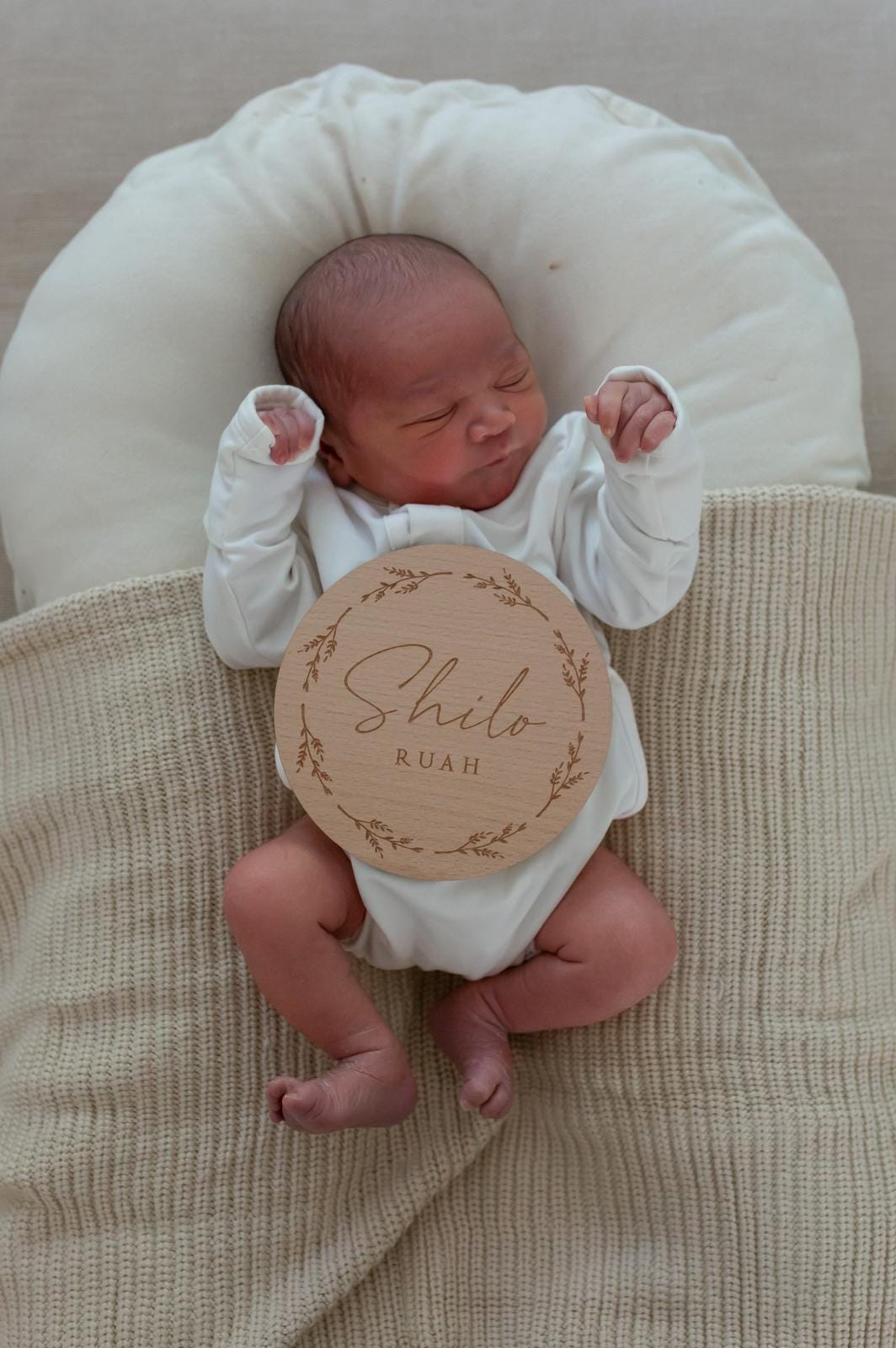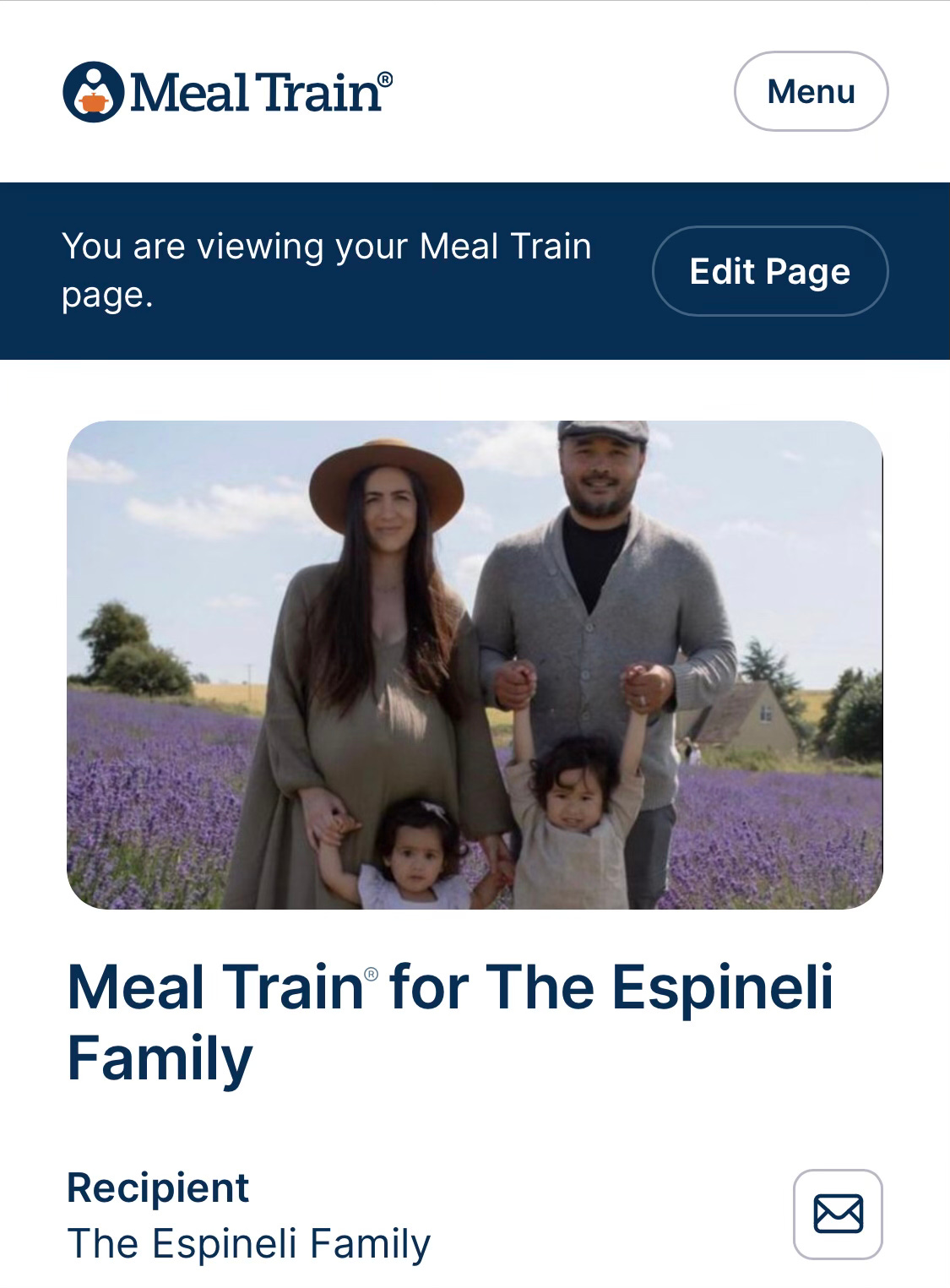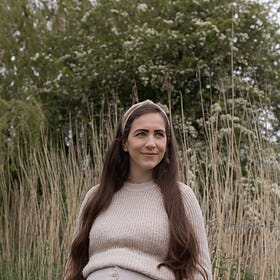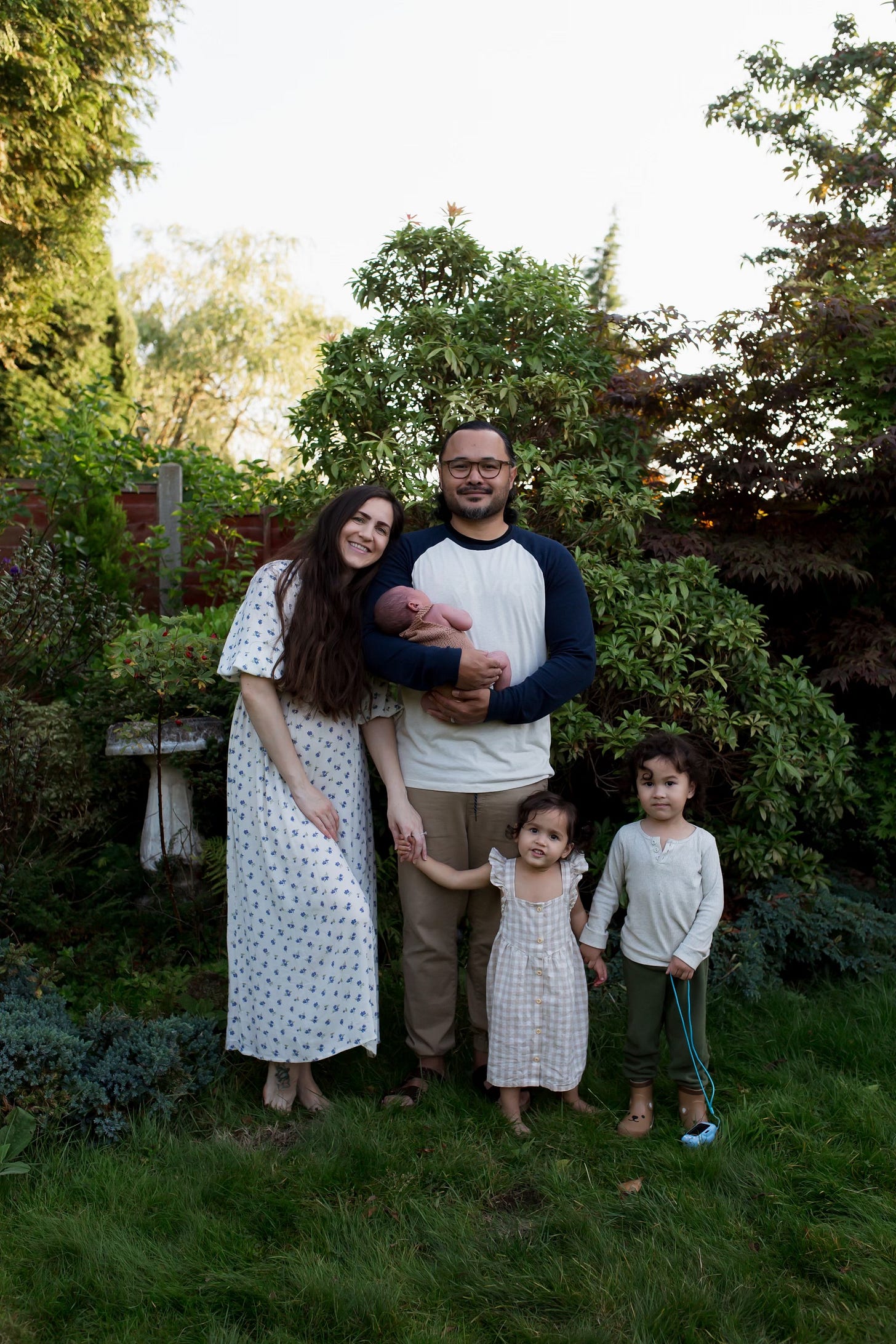9 After this, I looked, and behold, a great multitude that no one could number, from every nation, from all tribes and peoples and languages, standing before the throne and before the Lamb, clothed in white robes, with palm branches in their hands, 10 and crying out with a loud voice, “Salvation belongs to our God who sits on the throne, and to the Lamb!”
Revelation 7:9-10
The British home secretary, Suella Braverman, recently gave an address Stateside offering a strong critique of the failures of multiculturalism in the UK. There’s been some backlash and scrutiny over her description and the examples cited, while others point to the irony in the assessment as she is an exemplar of the very thing she is criticizing. No matter what side of the conversation you’re on, there’s been a vested interest in racial affairs and positive cross-cultural relationships across the board.
Talk of diversity and inclusion has been a hot topic amongst my contemporaries and has become a defining part of the zeitgeist of our society. Whether it’s a recurring desire to desegregate our churches, overlayed in corporate discourse from top to bottom, or pronounced in popular political talking points—the idea of equality across diversity echoes from the heart of our modern world’s discontent.
The Biblical canon offers not only a snapshot of the world to come but a redemptive trajectory from the origins of humanity to its destined future. There, we can trace a continuous line from the garden to the city—from Eden to the New Jerusalem—a sort of backwood beginnings to a melting pot metropolis.
Does Christianity offer a fractured and stratified world an ultimate means of unity, which man-made ideologies can only wish or strive for but never to wholly arrive?
The short answer is yes. Look no further than Christ, Himself, and the Gospel message we proclaim—an exclusive Truth with an all-inclusive invitation. We’ll handle the implications of the Gospel on unity and racial divisions at a later time. I’m sure there are loads more questions that come to mind from both the religious and irreligious alike. What do we make of this prophetic vision offered to us in Revelation, where a great multitude of ethnically and culturally diverse peoples come together before the throne of the King of kings—in full acknowledgment and worship of our Lord? Some dimly lit estimations of Christianity have foolishly mischaracterized it as merely a white, western, patriarchal faith.
Can anyone pinpoint the center of Christianity today in terms of concentration, growth, or ethnic identity?
Before you default to the Bible belt of the good ol’ US of A, consider that countries in Asia, South America, and Africa are experiencing exponential growth in Christianity. Being a follower of Christ is no more a white European faith than it is a Middle Eastern, Sub-Saharan, East Asian, or Latin American faith. Similarly, if you’re narrow-sighted or of an ill-advised woke persuasion, you may be tempted to believe that evangelism has always proceeded from countries in Europe and the UK. Yet it was African missionaries who brought the Gospel to these nations and not the other way around.
Needless to say, unity in the faith rests on the essentials of the faith and not the uniformity of appearance, ethnic identity, or cultural practices. Christianity is also not just your great grandad’s faith, which has no bearing on a more modern or postmodern world. On the contrary, the doctrines of sin and justification and a strong sense of objective morality—though called by other names and appropriated from the bedrock of the Christian worldview—have intricate engagement with our day-to-day lives.
What is the state of Europe and the UK now?
Our former missions org, Greater Europe Mission, found that only 2.9% of the population are following Jesus. This means that modern-day Europe is a post-Christian continent needing re-evangelism—a resowing of the Gospel!
Birmingham, at a glance
Here in Birmingham, we’ve had the honor of being counted among a diverse community, seeing the foreshadowing of this future reality depicted in Revelation 7. It would be simpler or easier to attend a church where everyone looks like you, speaks like you, and shares the same cultural background. You could take it a step further by adding a socioeconomic class, family upbringing, or political party into the criteria so that you would seldom need to make adjustments or learn how to resolve differences. We’ve found that following Jesus in a local context where multiple cross-cultural layers exist fosters immense growth in us as individuals and as a family. We believe the church is called to acknowledge our distinctions and celebrate our newly found and supernaturally sustained unity in Christ.
Birmingham Statistics:
103.4 square miles with a population of 2,936,000
187 ethnic groups represented
Nearly 1 out of 4 residents born outside of the United Kingdom
Muslim 21.8%, Non-religious 19.3%, Sikh 3%, Hindu 2.1%
Outside of London, the highest non-white proportion is in Slough in Berkshire (64.0%), followed by Leicester (59.1%), Luton (54.8%), and Birmingham (51.4%)
Multicultural and Intercultural Church
It’s safe to say that multicultural churches have been the norm for my family and me ever since establishing our ministry in San Diego. Though the ethnic makeup was diverse, the culture was still predominantly Western American. This multicultural element was also very much present in the church during our time in Oxford, insofar as the congregation—consisting of transient international students—dictated that trend. Yet even in Oxford, the predominant culture, especially in the leadership and staff, was white middle-class British. Both are examples of multicultural churches where a dominant culture still exists and is often the culture of the leadership of the church.
What is an intercultural church?
An intercultural church does not have a dominant culture and can fluidly express multiple cultures in worship, teaching, governance, philosophy of ministry, etc.—and is reflected in both the leadership and congregation. The strength of such a church is that it seeks to learn a new transcendent culture, a Kingdom culture. It also seeks to reflect the world around them in the here and now, as diverse and vibrant as it is and will continue to be. Younger generations have been lost due to the upkeep of an inflexible dominant culture with the determination to maintain the status quo administratively.
If you come to our church and are from another culture, you do not have to become British to become a Christian. You do not need to be educated (hold a degree per se) to be part of leadership—you can have the equivalent years of ministry experience or apprenticeship. You do not need to look like me, act like me, or become me to become a Christian. I’ve found Dr. Martin Robinson’s lectures from my time with GEM and John Travis’ Perspectives on the World Christian Movement very helpful in elaborating further on this concept, particularly the latter’s C1–C6 Spectrum.
Our Third Addition
On the morning of Tuesday, August 22, we welcomed our son, Shilo Ruah.
There are a few reasons for our choice of names, which you can read about here. We opted for a more modern spelling to follow the pattern of my paternal lineage. Drawing from the biblical example of genealogies and going back six generations, each name ends with a letter “o.”
Shilo, the son of Gino, the son of Mario, the son of Bonifacio, the son of Atilano, the son of Santiago.
Another way we have been recently blessed by our intercultural church is through a meal train. Many members cooked for us and provided groceries during the first few weeks after the birth of our son, which, if you know what newborn life is like, was such a massive help for our family! Here are a few meals that we were blessed with:
Cottage Pies
Pork Stew
Jollof Rice and Chicken
Jerk Chicken
Beef Casserole
Butter Chicken, Rice, and Naan
Chickpea Korma
Courgette Gratin
Costco Pizza
Roast Chicken with Caribbean rice
Chicken Curry
Smoked BBQ Tacos
Rice and Chicken Stew
Steph labored for less than 5 hours overnight in a birthing pool at home with two midwives tending to her. It was an incredible sight to behold! We had people from the church on standby, but, thankfully, our son and daughter were sound asleep through the night, and they were able to meet their little brother Shilo first thing in the morning.
I’m sure Steph will share more about this pregnancy and her birthing experience this time around in due time. If you’re curious about our previous and initial experience with the NHS (universal healthcare) and Oxford midwifery, check out this series:
Our Road to a Homebirth
Our daughter, Adaline, was born at home in England after 10 hours of unmedicated labour with two midwives by our side. Her birth was a drastic contrast to the circumstances of our son, Enzo’s birth. I had never really considered giving birth at home previously, but that is precisely where my path led, and it was one of the most redemptive, sacred moment…
Our Road to a Homebirth
Ways we prepared for birth In part I of this series, I shared how we were led to the decision to have a home birth with our daughter (if you haven't read it yet, you can read it here). Though we finally knew with certainty the birth plan for us, and we knew we were being led to trust the Lord with this decision, I still found myself overcome with fear. I…










